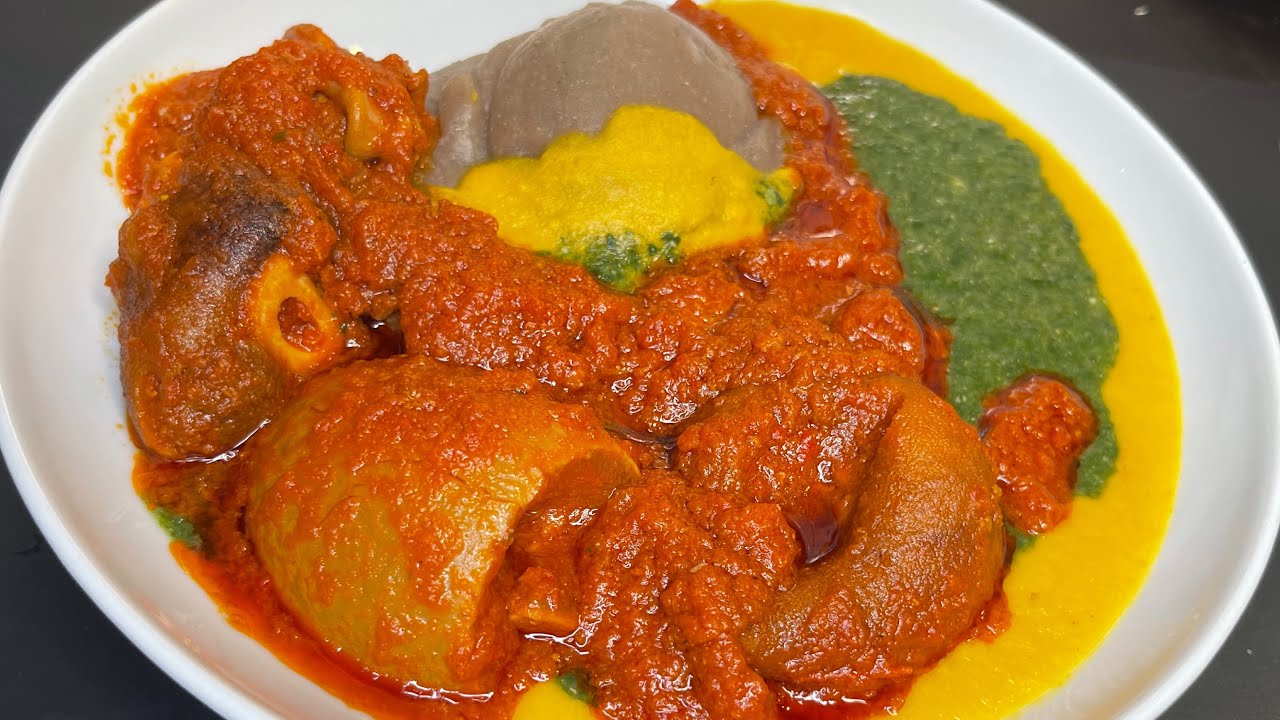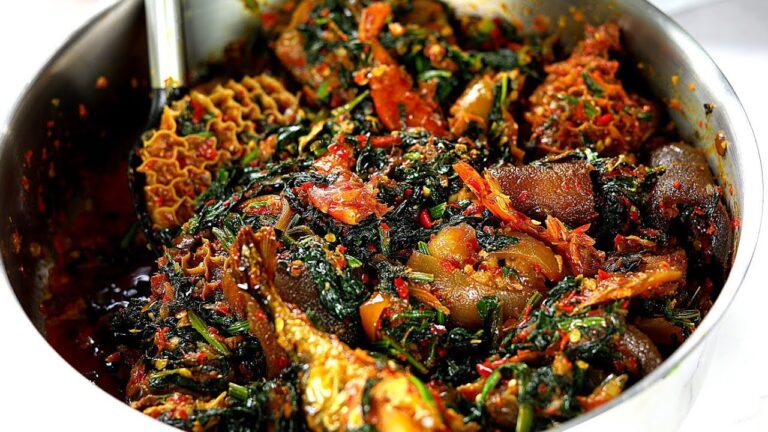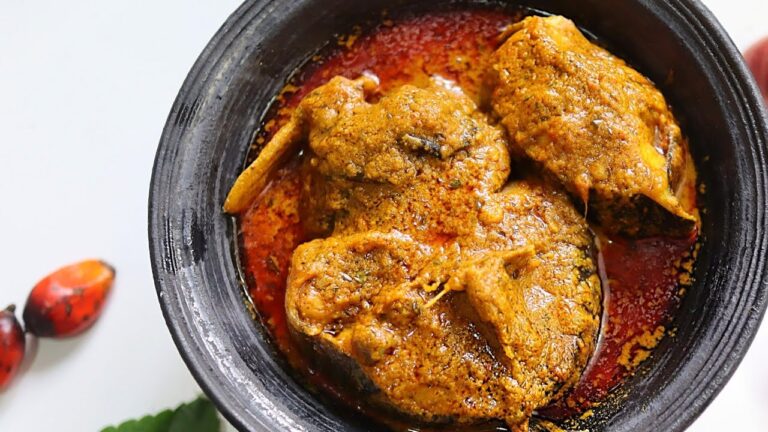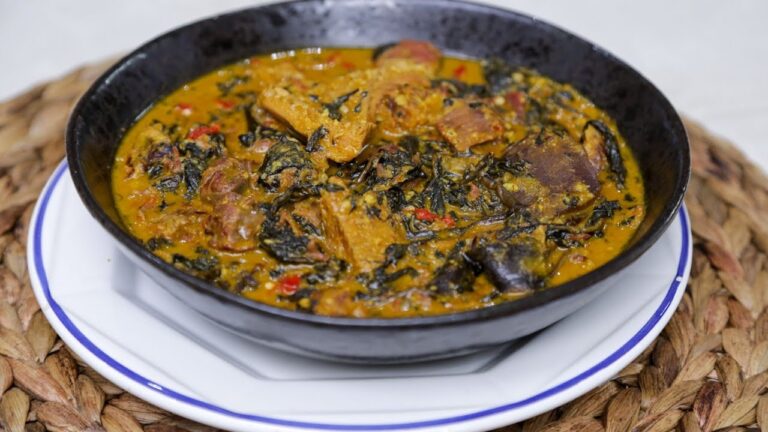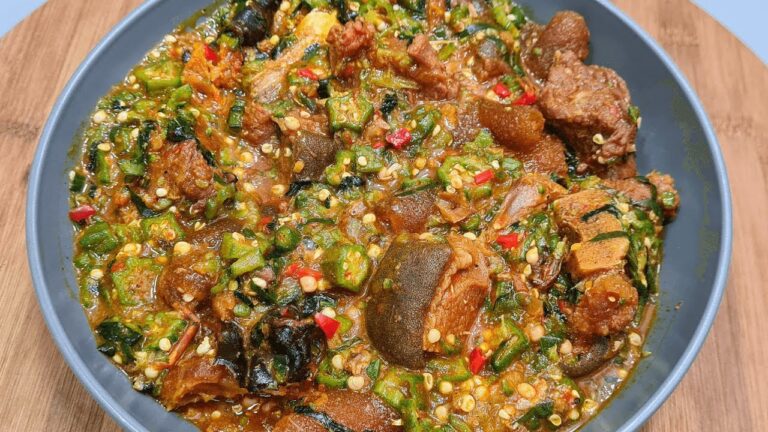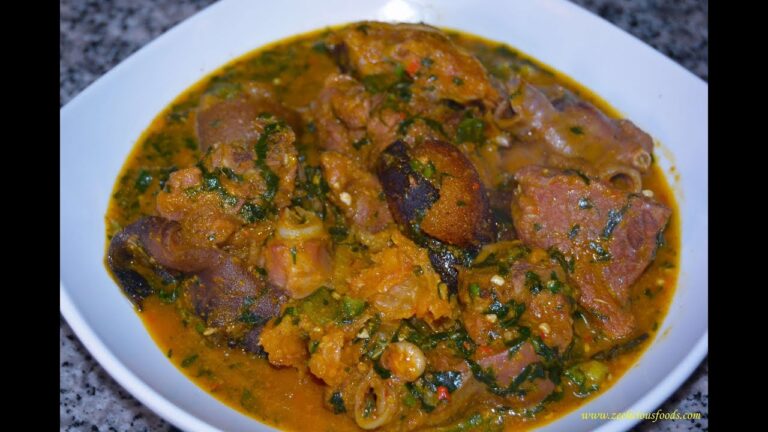Best Nigerian Gbegiri soup recipe
Indulge in the rich and creamy flavors of Nigerian cuisine with our authentic Gbegiri soup recipe. Gbegiri, a popular Nigerian soup, is known for its smooth and velvety texture, vibrant color, and earthy flavors. Made from a combination of beans, spices, and herbs, Gbegiri is a hearty and nutritious dish that is enjoyed across Nigeria. In this article, we’ll guide you through the steps of creating a flavorful and satisfying Gbegiri soup, allowing you to savor the essence of Nigerian culinary traditions. Get ready to embark on a culinary journey filled with warmth and comfort!
The Essence of Gbegiri Soup
Before we dive into the recipe, let’s explore the essence of Gbegiri soup. Originating from the Yoruba tribe in Nigeria, Gbegiri is traditionally made with brown beans, also known as honey beans. This hearty soup is often enjoyed alongside other Nigerian dishes such as Amala, Ewedu, and assorted meats. Gbegiri’s unique taste and texture make it a staple in Nigerian households and a must-try for anyone seeking a true taste of Nigerian cuisine.
Gathering the Ingredients
To create an authentic Nigerian Gbegiri soup, you’ll need the following ingredients:
- 1 cup of brown beans (honey beans), washed and soaked overnight
- 1 onion, chopped
- 2-3 cloves of garlic, minced
- 2 scotch bonnet peppers (habanero peppers), chopped (adjust the quantity based on your spice preference)
- 2 tablespoons of palm oil
- 2-3 stock cubes (bouillon cubes)
- Salt to taste
- Optional: Assorted meats (such as beef, goat meat, or cow skin) for added flavor
Step-by-Step Nigerian Gbegiri Soup Recipe
Now, let’s explore the step-by-step process of making a flavorful Nigerian Gbegiri soup:
- Drain the soaked beans and transfer them to a large pot. Add enough water to cover the beans and bring them to a boil.
- Reduce the heat to a simmer and cook the beans until they are tender and easily mashed. This may take about 1-2 hours, depending on the beans’ freshness and size. Skim off any foam or impurities that rise to the surface during cooking.
- Once the beans are cooked, remove them from the heat and allow them to cool slightly.
- Using a blender or a food processor, blend the cooked beans to a smooth and creamy consistency. Set aside.
- In a separate pot, heat the palm oil over medium heat. Add the chopped onions and minced garlic. Sauté until the onions become translucent and the garlic is fragrant.
- Add the chopped scotch bonnet peppers to the pot, adjusting the quantity based on your desired spice level. Sauté for a few minutes to release their flavors.
- Pour the blended beans into the pot and stir well to combine with the onion, garlic, and pepper mixture.
- Add the stock cubes and salt to taste. Stir well to incorporate the flavors.
- If using assorted meats, add them to the pot and let them simmer in the Gbegiri soup for additional flavor.
- Reduce the heat to low and let the soup simmer for about 15-20 minutes, allowing the flavors to meld together.
- Taste and adjust the seasoning if needed.
- Remove from heat and serve the Gbegiri soup hot.
Serving Suggestions
Your authentic Nigerian Gbegiri soup is now ready to be enjoyed! Here are a few serving suggestions:
- Serve the Gbegiri soup with a side of Amala (yam flour), Ewedu (jute leaves soup), and assorted meats for a traditional Nigerian meal.
- Drizzle a little palm oil on top of the soup for added richness and flavor.
- Sprinkle chopped onions or scotch bonnet peppers on the soup as a garnish for an extra kick of flavor and visual appeal.
Also Read: Best Efo Riro Recipe
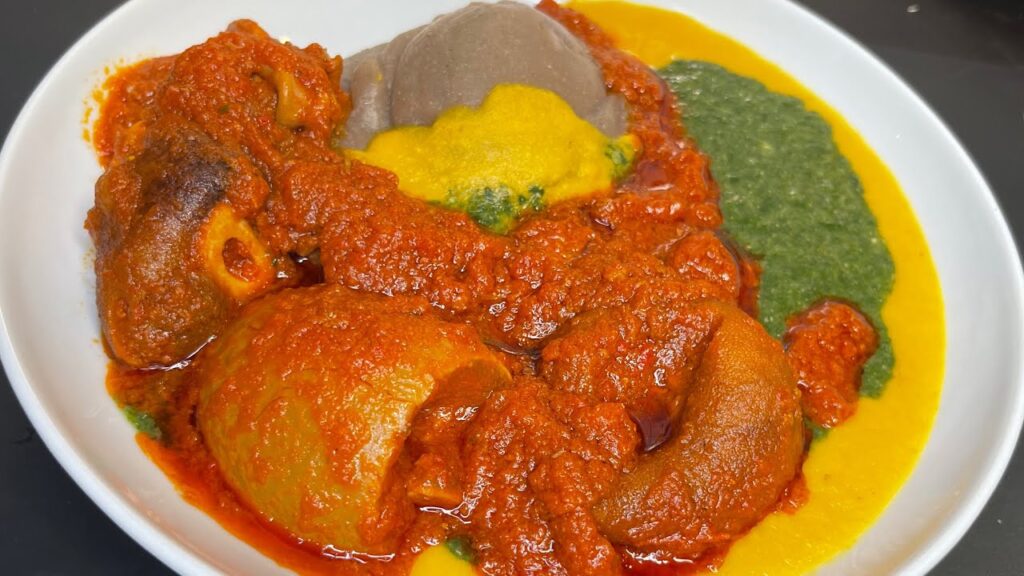
Conclusion:
Congratulations! You’ve successfully prepared an authentic Nigerian Gbegiri soup that showcases the richness and depth of Nigerian flavors. Immerse yourself in the warm and comforting experience of this creamy delight. Share the joy of this traditional dish with family and friends, and embrace the culinary heritage that Gbegiri represents. Get ready to savor the earthy and wholesome flavors of Nigerian cuisine as you relish each spoonful of this creamy and satisfying soup.
FAQ
What is Gbegiri soup?
Gbegiri soup is a traditional Nigerian soup made from brown beans (honey beans). It is known for its smooth and creamy texture and is typically enjoyed alongside dishes like Amala (yam flour) and Ewedu (jute leaves soup). Gbegiri is a popular dish in Nigeria, especially among the Yoruba ethnic group.
Can I use a different type of beans for Gbegiri soup?
Traditionally, Gbegiri soup is made with brown beans (honey beans) due to their unique flavor and texture. However, you can experiment with other types of beans if brown beans are not available. Some common alternatives include black-eyed peas or black beans, although the taste and texture may differ slightly.
Can I use canned beans instead of dried beans?
While it is recommended to use dried beans for the best flavor and texture, you can use canned beans as a shortcut. If using canned beans, rinse them thoroughly to remove any excess sodium or additives before blending them to a smooth consistency for the soup.
Is Gbegiri soup spicy?
Gbegiri soup can be made spicy, depending on your preference. The heat level can be adjusted by adding or reducing the quantity of scotch bonnet peppers (habanero peppers) used in the recipe. Feel free to customize the spice level to suit your taste.
Can I make Gbegiri soup vegetarian or vegan?
Absolutely! Gbegiri soup can be adapted to vegetarian or vegan diets by omitting the use of meats or animal-based stock cubes. You can enhance the flavor by using vegetable stock or broth and adding vegetables such as carrots, bell peppers, or mushrooms for additional depth.
Can I freeze leftover Gbegiri soup?
Yes, you can freeze leftover Gbegiri soup for future consumption. Allow the soup to cool completely, then transfer it to airtight containers or freezer bags. Freeze for up to 2-3 months. Thaw the soup in the refrigerator overnight and reheat it on the stovetop, stirring occasionally until heated through.
